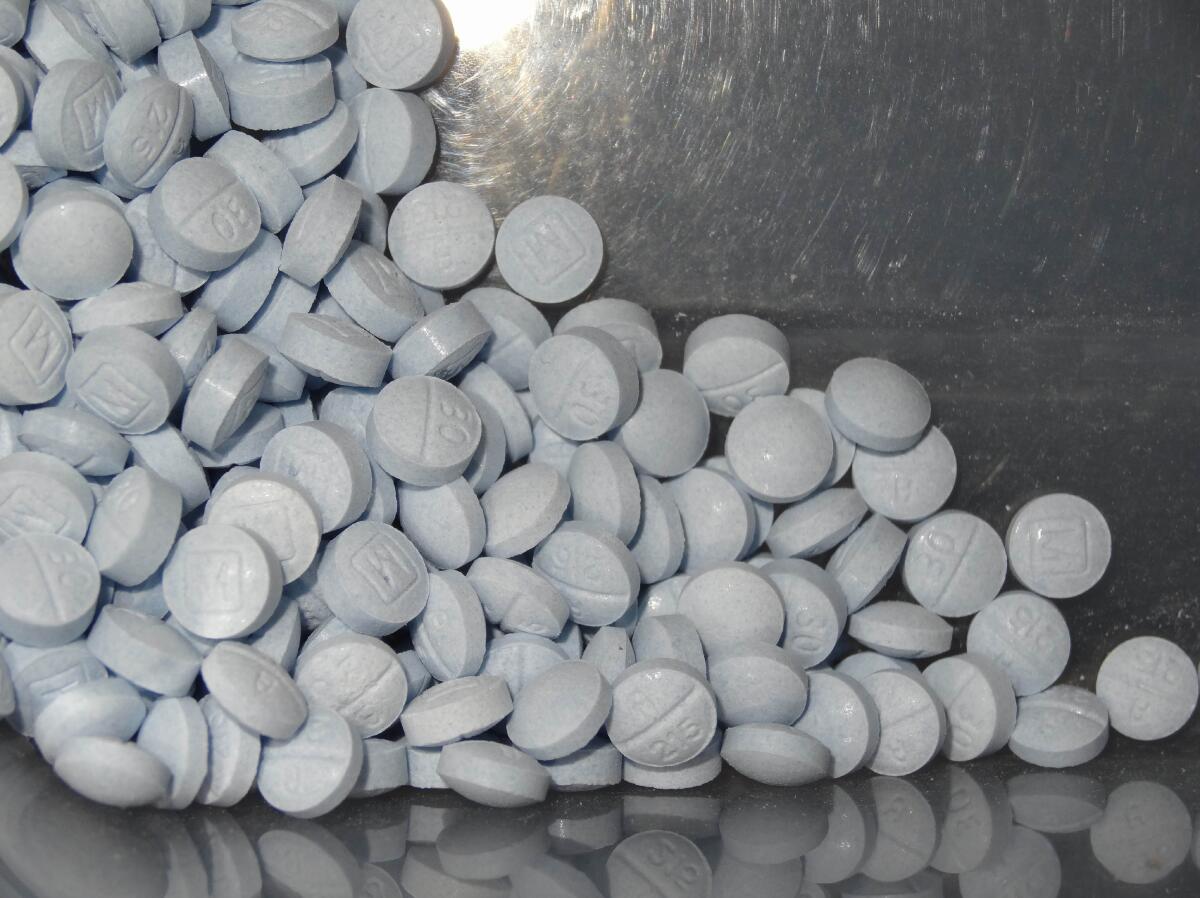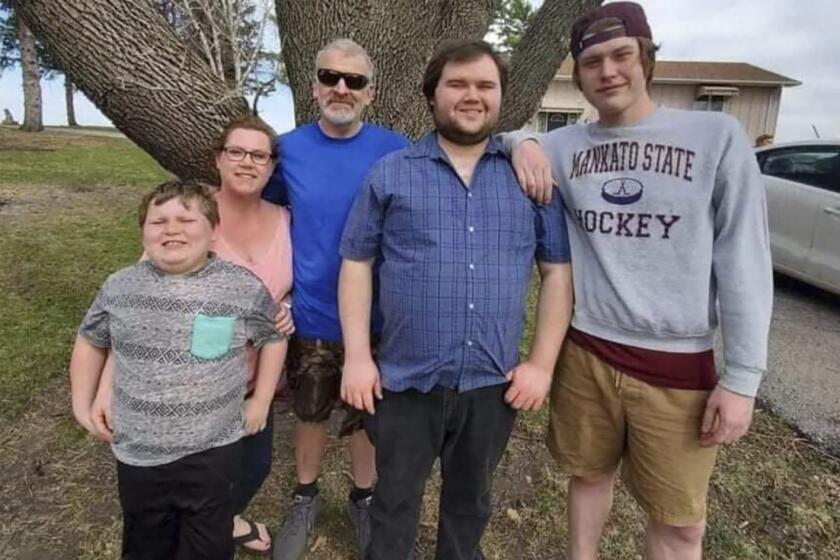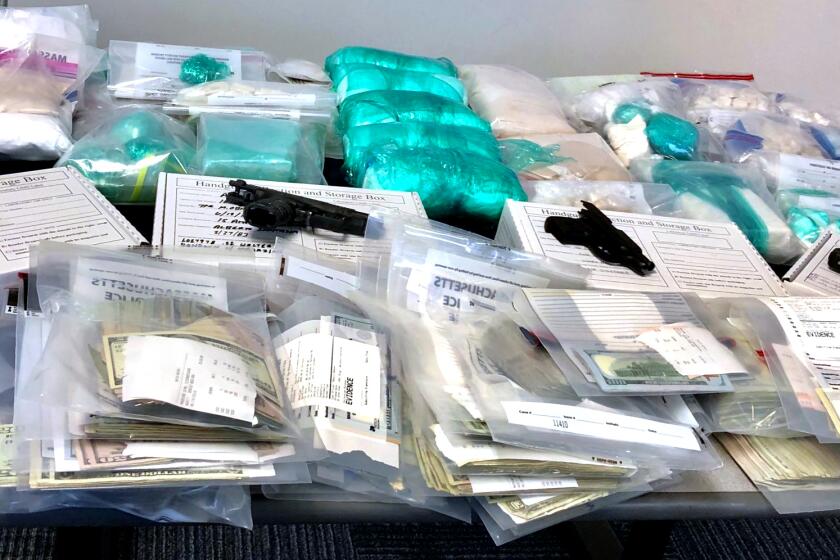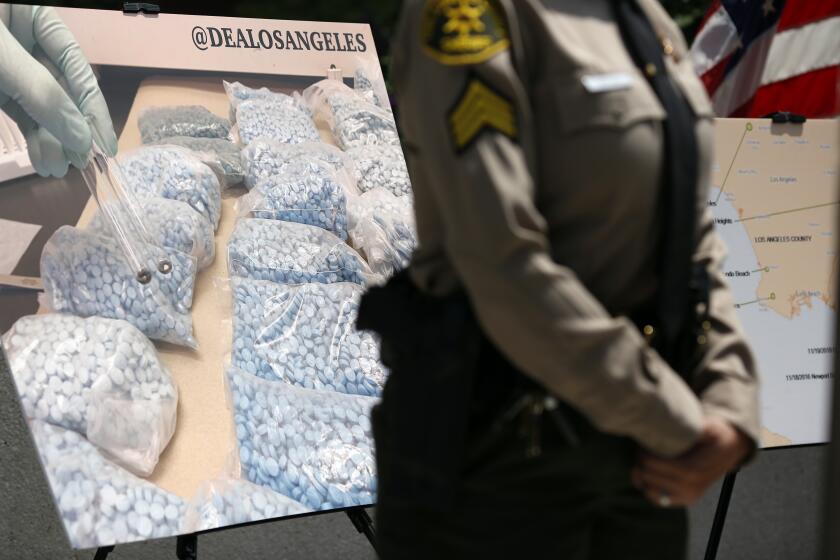Surging overdose deaths are a tragic racial justice issue

- Share via
Drug overdoses, which gained attention in recent years as a “white problem,” are now more common among Black Americans.
In 2020, drug overdose death rates among Black Americans overtook those of white Americans for the first time since the 1990s, according to our recent analysis of data from the Centers for Disease Control and Prevention. This was a sharp reversal from 2010, when white Americans were over twice as likely to die of overdose.
U.S. health officials say that, for the first time, 100,000 Americans have died of drug overdoses in one year, according to estimates.
The U.S. is in an acute overdose crisis: News broke last week that over 100,000 Americans died from overdose in the past 12 months, a death toll nearly 10-fold higher than the rate seen 20 years prior. But these increases have not been felt equally by all Americans.
Shifting racial trends in overdose reflect the profound ways that race shapes access to drugs, treatment and justice in America. And they add new urgency to the need to address overdose and addiction through a racial justice lens. In addition to soaring rates for Black Americans, since 2019 Native Americans have had the highest overdose rates of any group. In 2020 that rate was more than 30% higher than for white Americans.
Higher rates of overdose among white individuals in the 2000s and 2010s are thought to be linked to their greater access to opioid medications through the healthcare system. However, with the Drug Enforcement Administration now heavily cracking down on opioid prescribing, doctors are increasingly hesitant to provide them, and people are turning to the illegal street market for opioids. That market is filled with extremely potent synthetic drugs made in underground labs and being sold across the country, leading to skyrocketing overdose rates.
The recent surge of synthetic opioids quickly led to Black Americans in large metro areas having the highest overdose rates in the country, because they have less access to treatment, harm reduction and other resources needed to stay safe when using dangerous drugs.
Policing efforts that focus only on reducing street drugs have also been shown to do more harm than good because they can disrupt access to trusted suppliers of drugs, as a result promoting the sale of more concentrated, dangerous products. These efforts also overwhelmingly target communities of color.
Pushing synthetic drugs such as fentanyl makes sense to drug traffickers because they’re easier to produce and smuggle than plant-based drugs.
Black and Native communities, in particular, are highly policed and incarcerated, which creates unique risk for those who use substances. Reducing overdose rates for these communities will very much depend on reforming the criminal system.
Black and white people use drugs at similar rates, yet Black individuals are many times more likely to be incarcerated for it. While in jail or prison, people lose their tolerance to opioids and upon release are more susceptible to overdose. Prison is destabilizing, and those released often find themselves cut off from their social networks, scrambling to find housing and employment with a criminal record and with virtually zero treatment for their addiction.
Incarceration also interrupts healthcare — for example, by automatically terminating Medicaid access — and restarting it can be difficult, further disrupting addiction and mental health treatment.
But there is cause for hope. Solutions to the overdose crisis, including decriminalizing drugs and expanding treatment services, have broad bipartisan support — a rarity in modern politics.
Proposals to end criminal penalties for drugs at the federal level are backed by decades of scientific evidence showing that this shift would lower rates of addiction, reduce racial disparities in incarceration and stop wasting billions of taxpayer dollars a year on criminalization approaches that don’t work. Ending the drug war has also won big at the polls in recent years, in red states and blue. Yet despite these gains, drug possession remains the most common cause of arrest in America.
Sam Quinones, author of ‘The Least of Us: True Tales of America and Hope in the Time of Fentanyl and Meth,’ on the horrific rise in overdose deaths.
While some critics worry decriminalization will increase addiction, other countries that have pursued it have actually seen addiction rates fall, alongside lower rates of overdose, crime and drug-related violence.
In addition, federal programs are desperately needed to ensure effective treatments are available free of charge in the neighborhoods that need them most. Black Americans have a harder time accessing treatments for addiction, such as buprenorphine, which reduces cravings for opioids, or naloxone, which helps reverse overdoses before they become fatal. Treating addiction as a medical issue rather than a criminal or moral problem is popular among the American public.
But medication is not enough. Patients have better outcomes when provided with social services, including housing and employment, that address many of the conditions driving addiction.
With addiction and overdose soaring, we need to treat this crisis as a racial justice issue — and pursue cost-effective solutions that we know will save lives.
Joseph Friedman is an MD/ Ph.D. candidate at UCLA who studies the U.S. overdose crisis. Helena Hansen is a professor, anthropologist and addiction psychiatrist at UCLA who researches race and addiction.
More to Read
A cure for the common opinion
Get thought-provoking perspectives with our weekly newsletter.
You may occasionally receive promotional content from the Los Angeles Times.












